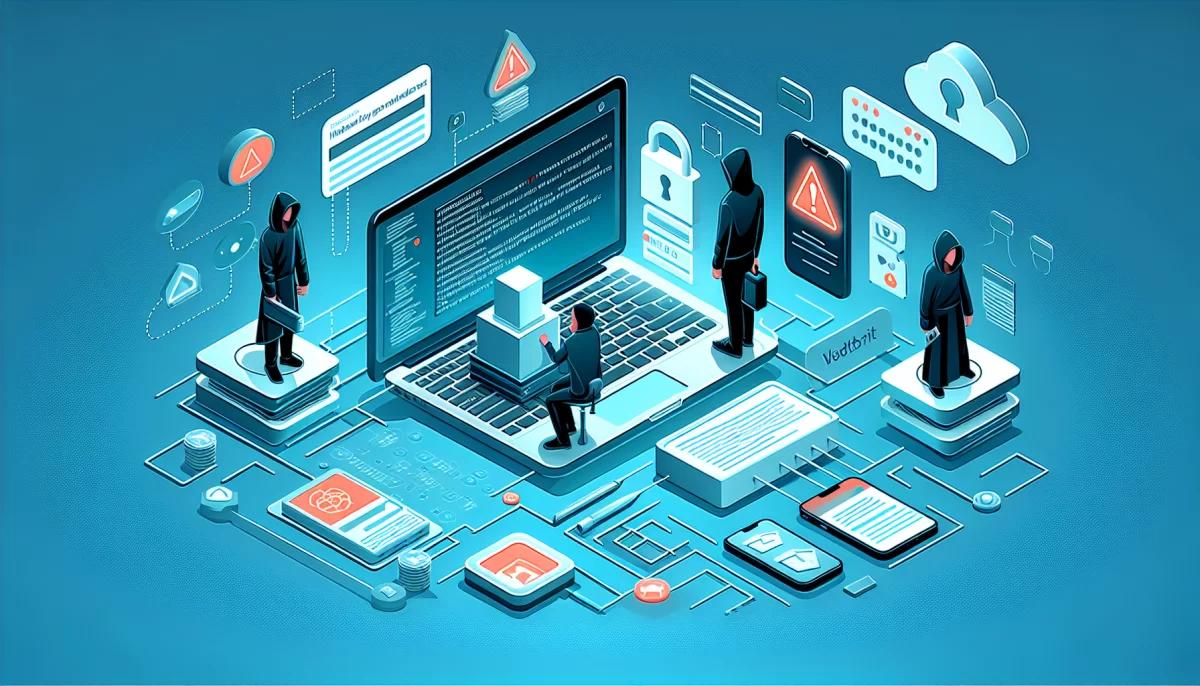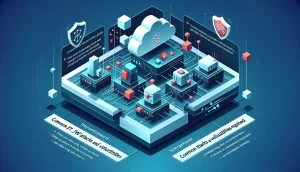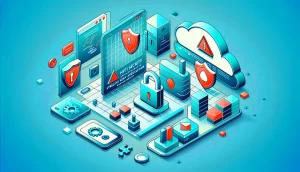Hidden WordPress Backdoors Creating Admin Accounts: Understanding the Threat and Protection Strategies
WordPress remains the most popular content management system worldwide, powering over 43% of all websites as of 2024 (W3Techs). However, its extensive use also makes it a frequent target for cyber attackers. One increasingly common and dangerous method hackers employ involves injecting hidden backdoors that create unauthorized administrator accounts. These backdoors grant attackers persistent and stealthy control over websites, allowing them to exploit, redirect, or steal data indefinitely—even after initial malware removal.
What Are Hidden Backdoors in WordPress?
A WordPress backdoor is a malicious script intentionally designed to bypass normal authentication and security controls, granting unauthorized access to attackers. These backdoors often masquerade as legitimate plugins or core files, making them difficult to detect. By creating or maintaining administrator accounts, backdoors give persistent administrative privileges, letting attackers control the site at will.
Recent Case Study: Dual Backdoor Mechanism
During a recent cleanup of a compromised WordPress site, two distinct malicious files were discovered, each serving as a backdoor targeting admin account manipulation:
- DebugMaster.php – Located in
./wp-content/plugins/DebugMaster/, disguised as a harmless plugin named “DebugMaster Pro,” this complex backdoor created a hidden admin user with hardcoded credentials, concealed itself from plugin listings, and exfiltrated the new user’s credentials to a remote command and control server. - wp-user.php – A simpler file masquerading as a core WordPress file in the root directory. It continuously checks for and recreates a predefined admin user named
helpwith a known password, even if deleted.
How These Backdoors Work
Both backdoors aim to guarantee the attacker uninterrupted administrative access:
- Account Creation and Restoration: The
DebugMaster.phpplugin creates an administrator user with a hardcoded username and password. If manually deleted, it re-adds this user and hides it from standard admin listings. - Credential Exfiltration: Generated credentials (username, password, email, server IP) are sent encoded to a remote attacker-controlled domain, enabling real-time control.
- Persistent Re-Creation: The
wp-user.phpfile monitors existing users, removes any altered versions of the attacker’s admin account, and reinstates it with the attacker’s password. - Malicious Script Injection: These backdoors also inject external scripts into site pages for non-admin visitors, potentially facilitating spam campaigns, redirects, or data theft, while tracking legitimate admin IP addresses.
The Bigger Picture: Impact and Risks
The persistent presence of such backdoors poses multiple risks:
- Full Site Control: Attackers can modify content, install further malware, or change site configurations.
- SEO Spam and Redirects: Unauthorized redirects degrade site reputation and search engine rankings.
- Data Theft: Sensitive visitor and administrator information may be exfiltrated.
- Prolonged Compromise: Even after initial cleanup, these backdoors can regenerate malicious admin users, complicating recovery.
How to Detect Backdoors Creating Admin Accounts
Detecting these stealthy backdoors requires careful inspection. Consider the following indicators:
- Unrecognized files in your WordPress root or plugin directories, especially with suspicious names like
DebugMaster.phporwp-user.php. - Administrator accounts appearing unexpectedly or reappearing after deletion.
- Hidden admin users that don’t show up in normal WordPress user listings.
- Suspicious outgoing connections to unknown domains, often revealed via server logs or security monitoring tools.
According to a 2025 Sucuri report, over 28% of WordPress infections involved backdoors that reinstate corrupted admin accounts, indicating how prevalent this tactic remains.
Steps to Safely Clean and Protect Your WordPress Site
Removal and prevention demand a multi-layered approach:
- Identify and Delete Malicious Files: Remove suspicious plugins, especially unknown files like
DebugMaster.phpandwp-user.php. - Audit User Accounts: Review all administrator accounts via the Users dashboard or via wp-cli. Delete any unauthorized or hidden accounts such as
help. - Reset All Credentials: Change all relevant passwords — WordPress admin, FTP, hosting, database, and email accounts — to complex, unique passwords.
- Update WordPress Core, Themes, and Plugins: Ensure all components are patched to their latest versions to reduce vulnerabilities.
- Monitor Outgoing Traffic: Use server logs and tools like WP Activity Log or external monitoring to detect suspicious connections or data exfiltration attempts.
- Harden Security: Implement security best practices:
- Enable two-factor authentication for admin accounts.
- Limit login attempts and IP whitelisting.
- Use reputable security plugins or external web application firewalls.
- Regularly scan your site with tools such as Wordfence, Sucuri SiteCheck, or WPScan.
- Consider Professional Help: Due to the hidden nature, professional malware analysts can uncover infections manual tools may miss.
Conclusion
Backdoors that create and maintain administrator accounts represent one of the most insidious WordPress security threats. Their ability to remain hidden while persistently recreating unauthorized admin users makes them a formidable challenge for site owners and security teams.
Understanding the nature of these backdoors, recognizing the indicators of compromise, and implementing rigorous cleanup and prevention measures are essential to safeguarding your WordPress site’s integrity.
Continual vigilance, regular site audits, and adopting enhanced security protocols remain critical defenses against such evolving malware threats.
Key Takeaways:
- Hidden backdoors often masquerade as plugins or core files to create unauthorized admin accounts.
- Persistent recreation of malicious users is common, thwarting naive cleanup attempts.
- Credential exfiltration to attacker-controlled servers facilitates ongoing access.
- Robust cleanup requires file removal, user audits, credential resets, updates, and traffic monitoring.
- Employing advanced security measures drastically reduces infection risks.



